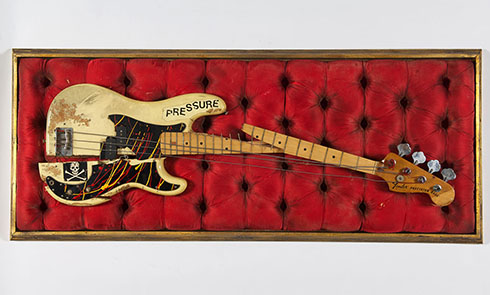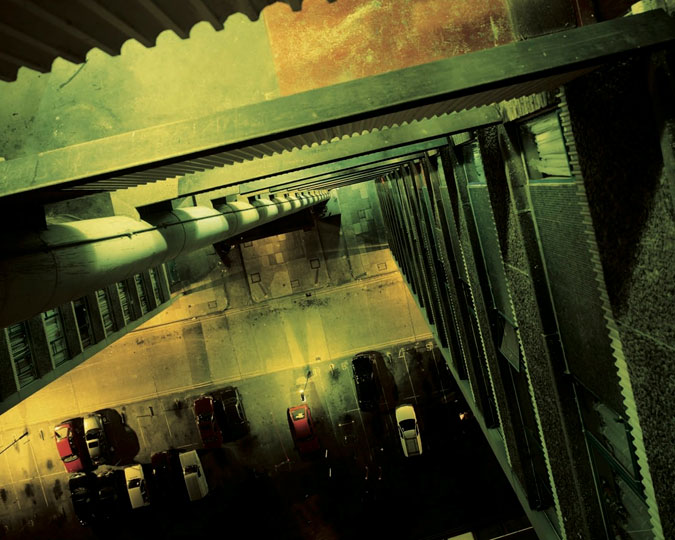World City
1950s – today
The gallery is open during the museum's normal hours:
The gallery is on the lower ground floor and can be accessed by lift.

See the iconic smashed Fender Precision bass on display in the World City gallery
Plan your visit

Experience this exclusive, free display curated in collaboration with Harry Kane, celebrating one of the city's most iconic sporting heroes both on and off the pitch.
Find out more

See the city through our free display of contemporary photography
Plan your visit